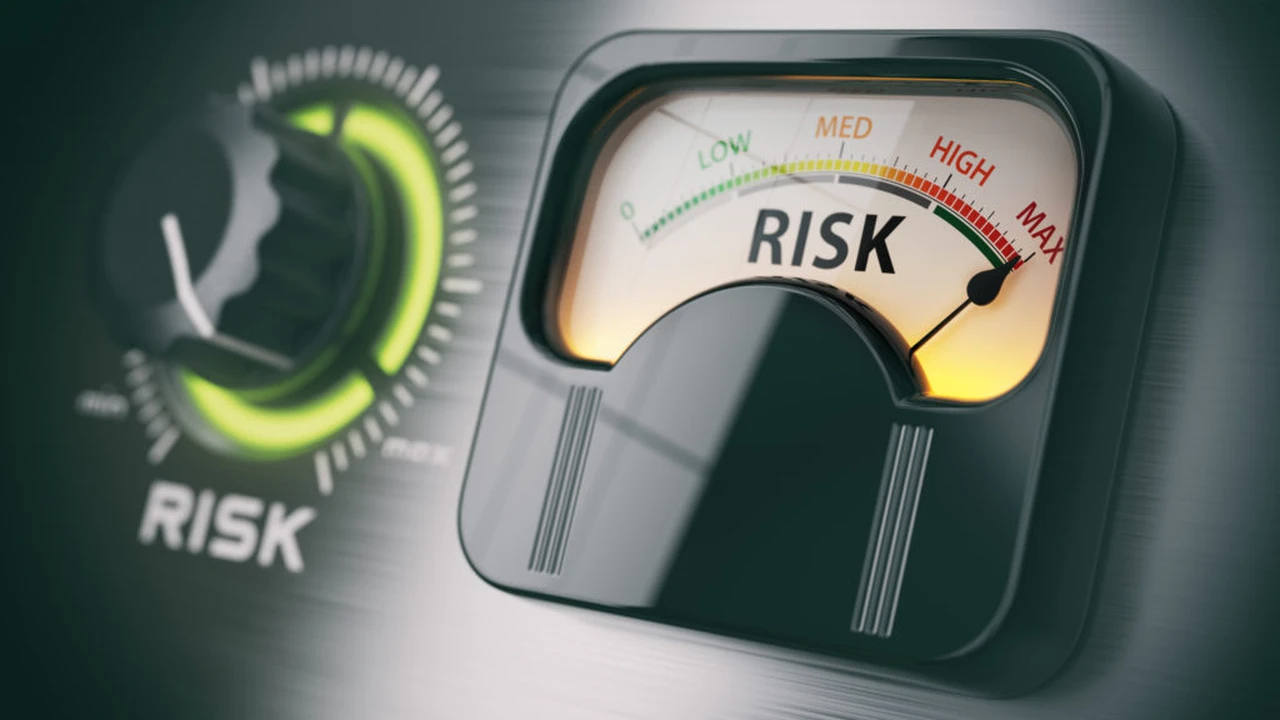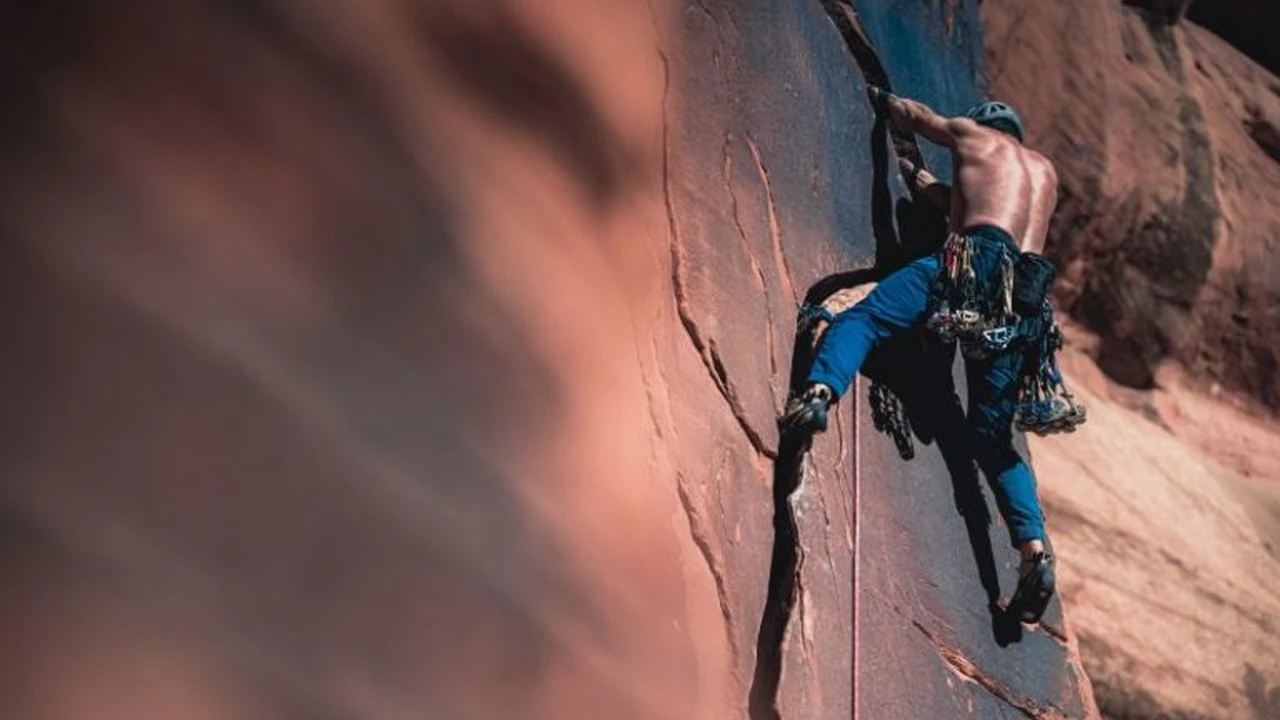High-Risk Insurance Reviews: Read Before You Take the Plunge

Make an informed decision by reading high-risk insurance reviews. Compare providers and policies to find the best fit for your needs. Ensure peace of mind on your adventure.
Understanding High-Risk Activity Insurance The Importance of Reviews
Okay, so you're planning something a little… extreme. Skydiving? BASE jumping? Maybe some seriously intense whitewater rafting? Whatever it is, you know regular travel insurance isn't going to cut it. That's where high-risk activity insurance comes in. But how do you choose the *right* one? That's where reviews become your best friend. Think of them as the collective wisdom of adventurers who've been there, done that, and hopefully, made it back in one piece (with their insurance claim approved!).
This article is all about helping you navigate the world of high-risk insurance. We'll talk about why you need it, what to look for, and, most importantly, how to use reviews to make a smart decision. Let's dive in (figuratively, unless you're also planning a high-risk diving trip!).
Why You Absolutely Need High-Risk Activity Insurance
Let's be real: high-risk activities are, well, risky. Injuries happen. Equipment gets damaged. Unexpected emergencies can arise. Your regular health insurance might not cover you overseas, and even if it does, it probably won't cover the specific risks associated with your chosen activity. Things like:
- Search and Rescue: Getting airlifted off a mountain isn't cheap.
- Specialized Medical Treatment: Decompression chambers for diving, specialized orthopedic care for climbing injuries… these can be incredibly expensive.
- Equipment Loss or Damage: A broken paraglider, a flooded camera… these can cost thousands to replace.
- Repatriation: Getting you back home if you're seriously injured.
- Personal Liability: If you accidentally injure someone else.
High-risk activity insurance is designed to cover these specific scenarios. It's not just about medical bills; it's about protecting you from potentially crippling financial losses.
What to Look for in High-Risk Activity Insurance Policies Key Features
Not all high-risk insurance policies are created equal. Here's what you need to consider:
- Coverage for Your Specific Activity: This is the most important thing! Make sure the policy explicitly covers the activity you're planning. Don't assume it's covered just because it's "adventure sports." Read the fine print!
- Medical Coverage: Check the coverage limits. Are they high enough to cover potential medical expenses in the country you're visiting?
- Emergency Evacuation: This is crucial, especially if you're going to be in a remote area. Make sure the policy covers helicopter rescue, if necessary.
- Personal Liability Coverage: Protect yourself if you accidentally injure someone else.
- Equipment Coverage: Does the policy cover your gear against loss, damage, or theft? What are the limits?
- Trip Cancellation/Interruption: What happens if you have to cancel your trip due to injury or illness? Does the policy cover your non-refundable expenses?
- 24/7 Assistance: A reliable emergency assistance hotline is essential, especially if you're traveling to a different time zone.
- Exclusions: Pay close attention to the exclusions. What isn't covered? Common exclusions include pre-existing conditions, reckless behavior (like being under the influence), and activities that are explicitly prohibited by the policy.
How to Use Reviews to Find the Best High-Risk Insurance for You
Now, let's get to the heart of the matter: using reviews to make a smart decision. Here's a step-by-step guide:
- Start with a List of Potential Providers: Do some initial research online and identify a few companies that offer high-risk activity insurance. Look for companies that specialize in this type of coverage, as they're more likely to understand the specific risks involved.
- Find Reputable Review Sites: Don't just rely on the reviews on the insurance company's website. Look for independent review sites that offer unbiased opinions. Examples include:
- Trustpilot: A well-known platform with reviews for a wide range of businesses.
- Squaremouth: Specializes in travel insurance reviews.
- InsureMyTrip: Another reputable travel insurance comparison site with reviews.
- Specific Adventure Sports Forums: Check out online forums dedicated to your chosen activity. You'll often find valuable insights from experienced adventurers who have used different insurance providers.
- Read a Variety of Reviews: Don't just read the first few reviews you see. Read a wide range of reviews, both positive and negative, to get a balanced perspective.
- Pay Attention to Specific Details: Look for reviews that mention specific details about the policy, the claims process, and the customer service experience. Did the reviewer have a positive or negative experience filing a claim? Was the customer service helpful and responsive?
- Look for Trends: If you see the same complaints or praises mentioned repeatedly, that's a sign that it's a real issue. For example, if multiple reviewers complain about slow claims processing or difficulty getting in touch with customer service, that's a red flag.
- Consider the Source: Be aware that some reviews may be fake or biased. Look for reviews from verified customers or reviewers who have a history of writing helpful reviews.
- Don't Just Focus on Price: While price is certainly a factor, it shouldn't be the only thing you consider. The cheapest policy might not offer the coverage you need. Focus on finding the best value for your money.
- Contact the Insurance Company Directly: Once you've narrowed down your options, contact the insurance company directly to ask any questions you have. This is a good way to get a feel for their customer service.
Recommended High-Risk Activity Insurance Providers and Products
Based on general reputation and publicly available information (remember to always do your own thorough research and read reviews!), here are a few high-risk activity insurance providers to consider. Note that specific coverage and pricing will vary depending on your activity, destination, and personal circumstances.
- World Nomads: Known for its flexible coverage options and ability to add coverage for specific activities. They are a popular choice for backpackers and adventurous travelers.
- Product Example: World Nomads Explorer Plan
- Use Case: Ideal for multi-sport adventures, covering a wide range of activities.
- Comparison: More expensive than some basic travel insurance plans, but offers significantly better coverage for adventure activities.
- Price: Varies greatly depending on age, trip length, and destination, but expect to pay between $100-$500+ for a few weeks of coverage.
- IMG (International Medical Group): Offers a variety of travel medical insurance plans, including options for high-risk activities.
- Product Example: IMG Signature Travel Medical Insurance
- Use Case: Good for travelers needing high medical coverage limits and emergency medical evacuation.
- Comparison: Can be more focused on medical coverage than trip cancellation benefits compared to World Nomads.
- Price: Similar to World Nomads, varying based on individual factors.
- Global Rescue: Primarily focused on emergency medical evacuation and security extraction. Often used in conjunction with a separate travel medical insurance policy.
- Product Example: Global Rescue Signature Membership
- Use Case: Essential for remote and high-risk environments where immediate evacuation is critical.
- Comparison: Not a comprehensive insurance policy, but provides unparalleled evacuation services.
- Price: More expensive than standard travel insurance, typically several hundred dollars per year.
- Divers Alert Network (DAN): Specialized insurance for scuba diving and freediving.
- Product Example: DAN Master Plan
- Use Case: Specifically designed for diving-related incidents, including hyperbaric chamber treatment.
- Comparison: Less comprehensive for non-diving related issues compared to broader travel insurance.
- Price: Relatively affordable, ranging from $100-$300 per year.
A Deeper Dive Into Product Comparisons and Scenarios
Let's look at some hypothetical scenarios and how different insurance products might stack up:
Scenario 1: Skydiving in New Zealand
* **Your Needs:** High medical coverage, emergency evacuation, and personal liability coverage. * **Possible Options:** World Nomads Explorer Plan, IMG Signature Travel Medical Insurance (with appropriate activity riders). * **Considerations:** Check the policy limits for skydiving specifically. Compare the cost of adding skydiving coverage to the IMG plan versus the overall coverage offered by World Nomads. Read reviews specifically mentioning skydiving claims.Scenario 2: Mountaineering in the Himalayas
* **Your Needs:** Extremely high medical coverage, helicopter rescue, and security extraction. * **Possible Options:** Global Rescue Signature Membership (essential for evacuation), combined with a travel medical insurance policy like IMG. * **Considerations:** Mountaineering often requires specialized insurance due to the extreme risks. Verify that the insurance covers the specific altitude and location of your climb.Scenario 3: Whitewater Rafting in Costa Rica
* **Your Needs:** Moderate medical coverage, emergency evacuation, and coverage for lost or damaged equipment. * **Possible Options:** World Nomads Explorer Plan, basic travel insurance with an adventure sports rider. * **Considerations:** Whitewater rafting is generally considered less risky than skydiving or mountaineering, so a less comprehensive policy might suffice. However, ensure that the policy covers injuries sustained during rafting.Remember: These are just examples. Always research your specific activity and destination to determine the appropriate level of coverage.
Decoding The Reviews: What Are People Really Saying?
When reading reviews, it's not just about the overall star rating. You need to dig deeper and understand what people are *really* saying. Here are some common themes to look for:
* **Claims Process:** "The claims process was a nightmare! It took months to get my claim approved, and I had to jump through hoops to provide documentation." This is a major red flag. Look for companies with a reputation for smooth and efficient claims processing. * **Customer Service:** "The customer service was incredibly helpful and responsive. They answered all my questions and guided me through the claims process." This is a great sign. Look for companies with a reputation for excellent customer service. * **Coverage Adequacy:** "I was surprised to learn that my policy didn't cover [specific event]. I wish I had read the fine print more carefully." This highlights the importance of understanding the policy exclusions. * **Value for Money:** "This policy was more expensive than others, but it was worth it for the peace of mind." This suggests that the policy offers good value for the money, even if it's not the cheapest option. * **Hidden Fees:** "I was hit with unexpected fees that weren't disclosed upfront." This is a red flag. Look for companies that are transparent about their fees.Taking The Plunge: Making Your Final Decision
Choosing the right high-risk activity insurance can feel overwhelming, but by following these steps and carefully reading reviews, you can make an informed decision that protects you from financial risks and gives you peace of mind on your adventure. Remember to:
* **Define Your Needs:** What activities are you planning? Where are you going? What are your biggest concerns? * **Research Your Options:** Compare different providers and policies. * **Read Reviews Carefully:** Pay attention to the details and look for trends. * **Ask Questions:** Contact the insurance company directly to clarify any doubts. * **Read The Fine Print:** Understand the policy exclusions and limitations.Now go out there and have an amazing adventure… but be smart about it!
:max_bytes(150000):strip_icc()/277019-baked-pork-chops-with-cream-of-mushroom-soup-DDMFS-beauty-4x3-BG-7505-5762b731cf30447d9cbbbbbf387beafa.jpg)






